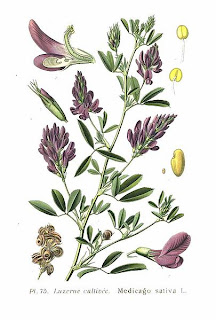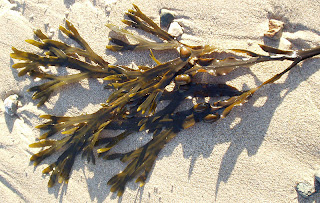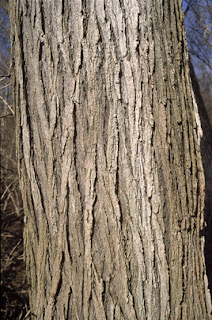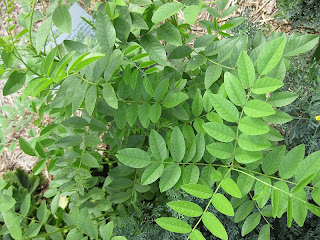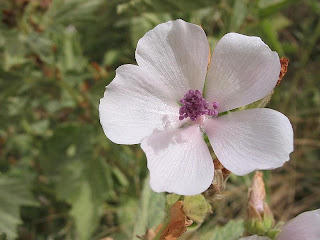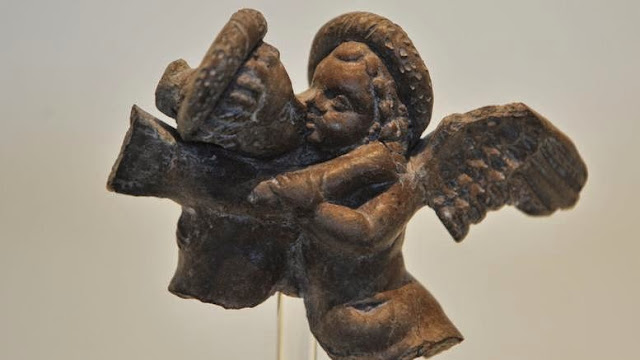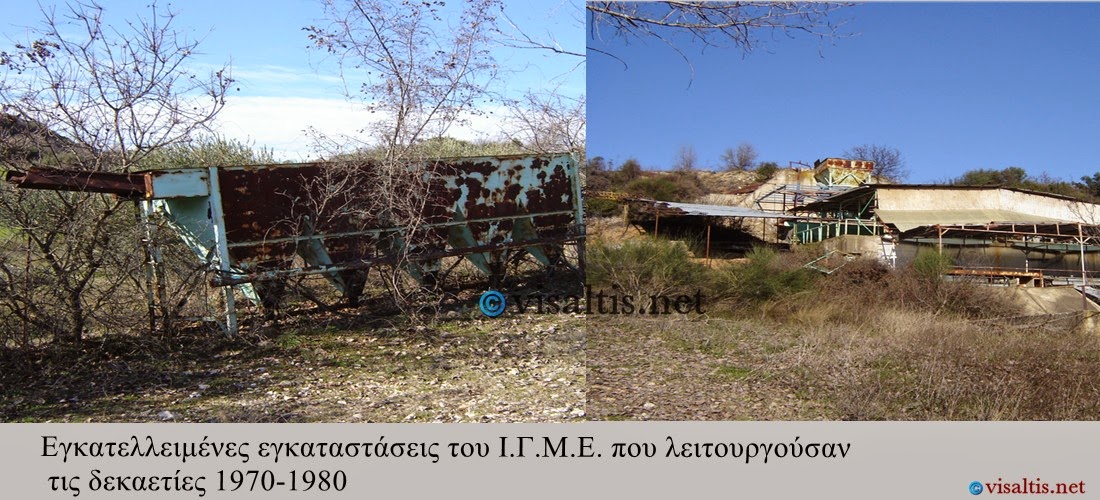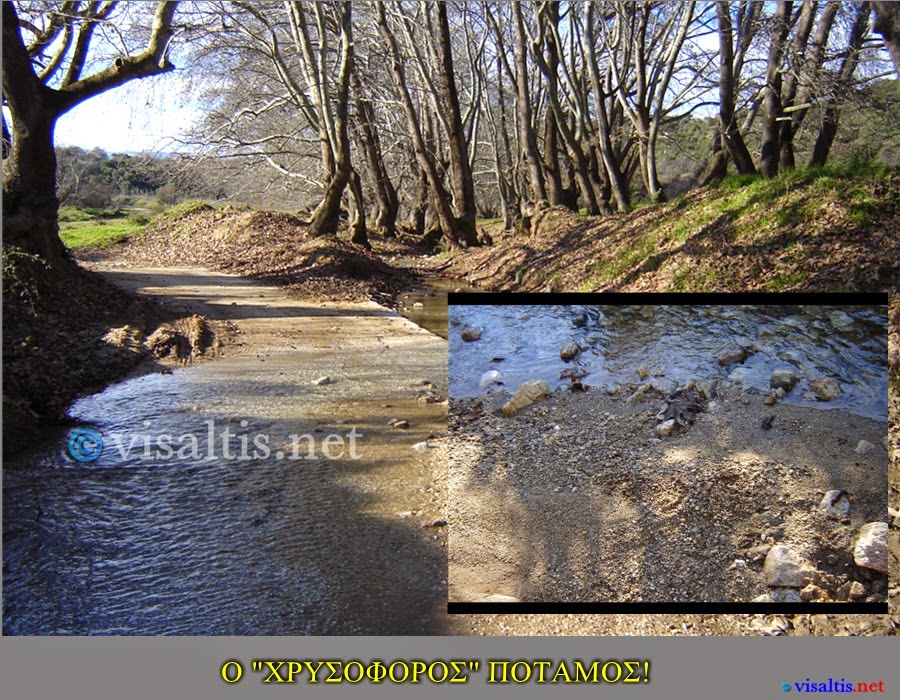Before asking any question for debate, It would be good to reach out a little the enigmatic face of Socrates. The emblematically philosopher lived in the 5th century BC. in Athens ' golden age ', from which almost never moved, unless exempt service of some martial campaigns. He was the son of Swfroniskoy and Fainaretis, and his mother know that he practiced the profession of midwifery – feature that the strongly marked in his life.
The parallels with Christ is an attitude that can make anyone if they give their lives side by side. Both didn't leave anything in written form behind them, had a circle (young in age) students, would not accept a fee for the ' teaching ' them (Socrates will not ever accept the characterization of the teacher), their ideas have brought into question the thought patterns and the most fundamental concepts of their time, and, of course, sentenced to death by their societies for bogus categories.
Another special feature is the introduction of Socrates as the most fundamental shift and dichotomy in history of philosophy – as we define chronologically human history in years before and after Christ, so we can separate the philosophy, or rather the philosophers, in proswkratikoys and metaswkratikoys, in "natural" and "humanists". The weight of the phenomenon of Socrates caused the shifting of the core concern of thinkers – before him, philosophers have dealt with natural phenomena, the world, the universe, While following this focus becomes man and the correlation of the existence. One little known position on the issue is as follows:
"Socrates free philosophy from the stars to Earth, and put it in people's homes»
The last item you quote before we start is to identify with whom Socrates will deal. Sounds like an oxymoron, but not only is not, but is one of the biggest concerns in the history of philosophy, known as "Swkratiko Problem". As is natural, When someone doesn't leave a trail of writings, the words and lessons of twist and altered by the light of thought of people or students who will record on the pages of history. For the sake of Socrates, This "debt" was the student of Plato, who appointed him as the protagonist and main speaker all dialogues/works.
And here the question arises. If we take from the beginning to the end all the Platonic dialogues Socrates and regard him as a person, Obviously we will have to do with a personality completely schizophrenic. Why this happens; Because the early dialogues, find a Socrates immersed in the sincerity of his ignorance, a thinker who plunges his interlocutors in the chaos of "En oIda ὅτι oyden oIda", a teacher who refuses to teach and who invites his students to find their own truth. Downstream though dialogues, We are a completely different person – Socrates most uses ignorance as a trick and weapon dialectic, enforce and chases absolute meanings and aetiological definitions. We have therefore Socrates of ignorance, and Socrates of definitions and objective truth (him who excommunicated Nietzsche in Twilight of the idols).
Why this happens; One possible explanation is that Plato in the early works had no time to put his own way of thinking and his personal value system, as a result, lists and driven by the thought of his teacher, from which was still strongly influenced. And, following, When he arrived in the conception of the world of ideas, When you set the ideal State, then simply adapted the person of Socrates in his beliefs, used it as a base to support their own beliefs.
I will not analyze other, and the truth is that the koyrasame pretty. Anyone who cares more for the Swkratiko Problem, excellent is the book of François Roustang called: "The secret of Socrates for the change of life", It highlights in particular the Socrates of ignorance, with whom will address later in this article.
The psychoanalytic process today
Psychoanalysis today, as established by thinkers like Freud and Jung (who of course were influenced by other thinkers, like Dostoyevsky) defined as a process of interpreting the human psyche recital, aimed at finding the underlying reasons of thought and deed we, with a view to effective understanding of self and, Consequently, improve our lives through the catharsis and endogenous conception offer. Simply put: talk, We analyze our actions, We understand why we are doing it as we do (and by extension, Why aren't we happy), in order to understand, to realize the s-log of our movements, and to make our life a new level of consciousness in which we are more vigorous and free-as much as possible- from the psychological trauma and the "shadows" of the past.
Is, Therefore, a process of reflection on the "why" – in a "why" personal and subjective. Somehow filosofoyme, We analyze the "I", trying to understand and realize. It is a long-term process, painful and difficult, and as Jung:
"The consciousness does not come without pain"
This at least is the majority position of psychoanalysis today, that not only is the core of the modern Western world, but as Osho: "The religion of the modern man". The belief that is that under the ego lurks an abyss unconscious, that human existence we can and must interpret causally. Radicals have undoubtedly in Aristotelian thought and, mainly, in Christianity. Here too we will begin the review and I'll explain why Socrates of ignorance, the-probably- authentic Socrates, will throw in Freud and cuff aforize vertical process of psychoanalysis in its entirety.
The first element is that the psychoanalytic process raised by humans as a patient – anyone wants to follow psychoanalysis sessions, can only accept himself as "weak" and the psychoanalyst as "therapist", or at least as a "connoisseur", holder of a higher consciousness. The thing though is not enough as there, as one of the most focal points of the process is the premise of "patient" that actually is sick, they actually have a problem that we must solve. The man therefore, from the outset confine itself to the definition of "problem", within the framework of misery or-at least- non-eytychias΄ different, the process becomes senseless. As Osho said, that unwittingly I, has that seem the Honorable in this article:
"Psychoanalysis does not have to say anything about the happy man"
With what another process can we associate the psychoanalysis; One reasonable answer is with the Christian confession. The similarities and correlations vary:
(a)) The definition "sinner/patient" as "sinner/unhappy".
(b)) The "priest/healer», who can help him to interpret the "divine will/subconscious".
(c)) The "blessing/specialisation" of "priest/healer», that makes him responsible and competent to define the framework and the process (and, apparently, in many ways, «superior» of the «sinner/patient»).
(d)) The explanatory approach of the «it» of «sinner/patient», in the form of ' divine errand/subconscious ", the non-understanding of which and the inability to do so based on what, makes him unhappy.
(e)) The root of misery of "sinner-therapist" in the past, and specifically in "original sin/childhood trauma ', not the slightest reason itself.
Hopefully we can find other, I do not think that there is reason. Maybe it's bold assertion, but this form of psychoanalysis is somehow a disguised confession Christian press. This of course does not apply to the total of psychanalytwn, Since there are always those who deviate from the absurdity of the majority of the art/way of thinking – like the starets Zosimas in "Brothers Karamazov" by Dostoevsky, that was anything but ' ordinary ' priest, a and gave generously to smile "sinners" and behave like normal people, not like ypanthrwpoys hanging on the brink of hell.
So we have this form of psychoanalysis, which by default creates human illness to have a raison d ' être and application – a process which creates problems and "deep-rooted trauma" (that is nothing less than a totally superficial ramblings) to maintain the "mainstream" of flow and evolution. A process that plunges man into a mire anaitias complexity (that of course exalted as ' essential ' depth) and that stave off the simple thought of as "superficial" and as absolutely useless in search of consciousness and understanding. A system of thought that produce "logical idiots», you are able to roll out myriad reasons for their misery, but that cannot be left to a single moment of happiness.
Against this, however, psychoanalysis, We can use the dialogue of Socrates.
The Swkratikos dialogue, or else the psychoanalysis of happiness
"Socrates was the first therapist»
-François Roustang
Socrates ' healer ' (probably, Neither this definition will accept myself) has nothing to do with the modern psychoanalyst. Doesn't claim to know something or that is superior to the partner of, at any level – and this is an honest and effective deposit. Accepts and highlights his ignorance in every opportunity. Claims and actually discusses and does so in the knowledge that in fact does not know absolutely nothing, whether we are talking about the physical reality, either for being human. Hence, are unable to invest more of their meaning in any sense, rather than simply asking the likes.
Questions, repeated questions, This is just to give, These function as poliorkitikoi Rams on ethics firmament, beliefs and "know" his partner, and not as excuses to find values or grasping something beyond his ignorance. You can't even debate, a Ki Socrates refuses to support and to support any location – with attitude, all it does is to show off the horse's partner locations. To try to have a confrontation with him, It's like they try to anagkaseis your image in the mirror not to follow. The other person gets gradually through dialogue in a situation true ignorance (or ' sedation ', as reported by the Workers in the homonymous dialogue, featuring Socrates as a marine mine), While the patient of contemporary psychoanalysis, with the end of the session, located in a situation false knowledge. Socrates helps to realize the other ones who don't know, While the psychoanalyst to thinks that it knows something. The thought stream of eccentric philosopher is like water of Taoism, is both soft and hard, Welcoming but also trapped and neutralizes.
"This thing started happening to me since I was a kid, a voice I hear inside my, which when played, prevents me to do some actions, but I do submit ever what to do. "
And, Since we mentioned the well-known acumen of Socrates, Let's stay on it, After this concentrated all the substance of his teaching. Firstly, to put the fundamental opposition to the voice of the enochikotitas of the modern patient. Modern man, the patient, listening continuously mid what I "should" be doing – how could it be more efficient, how his life could be better, how I enjoyed more appreciation from those around him, Ms.. Endogenous voice of the modern patient does nothing else than the smothering in a hurricane of endless "I", that in turn compel imagining and wishes idealized conditions, and of course, to deny the tangible reality. "If he hadn't done it by accident, now will I walked ", "If I hadn't missed the bus, I would not take long ", "If my mother was better, I'd be healthier», "If I was more interesting, I could have him for companion», If, If, If. This is the inner voice of man today, an irrepressible monologue repeated If.
I lived on the edge of the cliff
of insanity, wanting to know the causes,
banging on a door. Opens.
Chtypoysa from within.
-Rumi
The acumen of Socrates but, is totally different. Does not evaluate the reality, don't judge situations, does not break thoughts, hunts not causes. Has only two functions: accepts and instructs.
Accepts, because no judge. And guides, because "crying" when something standing obstacle to truly human "I want". This simple and effective guidance is the root of most true morality, of ethics that-irrespective of how and why- We all have within us. But as moral course does not define the "moral guilt", the "Christian ethics", but the morality of joy, the morality of Zarathustra – our tendency to fight against everything doesn't feel authentic, anything that conflicts with the ' is ' of us and in which we cannot be our self.
The modern psychoanalyst listening to these words I chazogelasei, We will look on the one hand high and say that this is all poppycock, utopias and idealized blahs. Yet, We must have the courage to look him in the eye and support our truth. Because all of us, but all, We know When something just doesn't like us. Like We know When something we like, When something is authentic about us, When something is "is" us to rejoice. We feel the joy of doing things that basically we like, and feel the discomfort to do something that just is not expressed as entities. And this feeling is a thousand times more tangible, true and clear from all rational "realizations" that we can get through the alleged analysis of "subconscious" ourselves.
You know what you like, and what you don't like – the feel, It's so simple. This is the whisper of demon who tries to wake up within the interlocutors of the Socrates, which no longer sounds in noise that has been generated within the mind. Losers in the complexity and dysleitoyrgikotita of thinking, people just mpoyrdoyklwnontai in their every thought, confuse feelings with logic, trying to give value through logical processes – arrived at the height of insanity, want to know why (!) is happy to allow themselves to be happy.
"If you don't get what you want, suffer. If you get what you don't want, suffer. Even if you get exactly what you want, again suffer because you can't always bookings. Your mind is the cause of your discomfort. Wants to be free of change. Free from pain, free from the obligations towards death and life. But the change is the law and all the hypocrisy in the world isn't enough to deform this fact»
Through these words of Socrates, We can understand the essence of ignorance. Socrates knows nothing, because they live in a reality of becoming, because it accepts completely the-eternally changing- now, free from the ghosts of the past and the future Fireworks. But once you know something right now, How is this knowledge to apply the next time, life itself will have changed; You cannot cross the same river twice, because either you're the same, nor this one. You won't find the idea, the situation or the realization that I'll secure forever the joy – joy must as they become available and to allow to get inside you every time. Just "being" and there is no reason to want to "be" otherwise, in the absence of this otherwise. And this is not the reason to sit in your eggs, to stay stationary, but the biggest reason to "dance among the stars". Life to christen and apoklirwnei in every step, allows you to exagnisteis and anagennitheis from your ashes every second – what is the reason to fear this;
Change and acceptance of change – a constantly changing scene, an endless excess without target. This process is performed the initiation in the art of happiness.
This is the paradox of life and happiness, and joy to find only the irrational, and not to the logical. Why, as Camus:
"The effort itself to reach the heights is enough to fill a man's heart. One should imagine the real Sisyphus happy "
http://kammenatetradia.com





